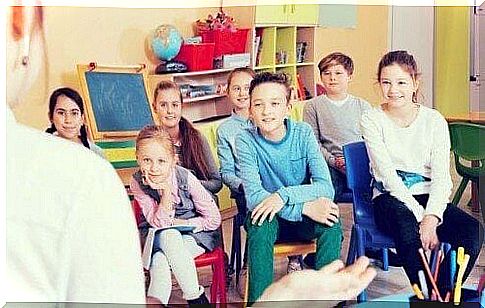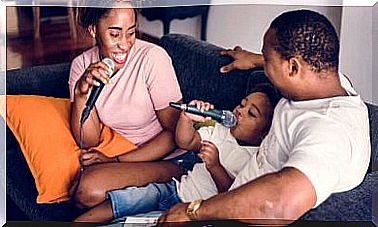Neuroeducation In The Classroom: What You Need To Know

Today we are going to talk about neuroeducation in the classroom. It heralds a new wave of change that could revolutionize education.
There has been little change in the education system for decades and the methods used are clearly outdated. It is becoming increasingly clear that there is a need for a change in the way we teach and convey knowledge in the classroom.
What is neuroeducation?
Neuroeducation is the convergence of neuroscience and pedagogy with the aim of optimizing the learning experience.
This discipline seeks to understand brain function (how our brains assimilate, encode, or remember information) and apply it to education. Consequently, teachers will develop better teaching methods.
People use an integral process when learning something where thought, feeling and action are all inextricably linked in the learning experience.
With this in mind, neuroeducation is about finding ways to deepen learning by understanding how the brain learns and adapting classroom techniques to help achieve it.
Basic neuro-educational concepts in the classroom

Brain plasticity: The way we absorb knowledge is not static. Our brains have a plasticity that allows us to form and modify neural connections through continuous learning.
Mirror neurons: This group of brain cells allows us to learn not only from our own experience, but also from observing others. Thanks to these cells, we also develop empathy and acquire knowledge.
Interaction between genetics and experience: The reality of our abilities and capacities is determined by epigenetics. This is the combination of our genetic makeup and our experiences.
That is, it forms the basis of what kind of work or knowledge attracts us and what we are best at. Moreover, our experiences form and change that epigenetic basis.
Emotional learning: Proper internalization of information requires students to receive more than just theoretical exposure to an idea. In the same way, content that evokes emotions in the person will be learned more easily and permanently.
Significant learning: To really understand something, we need to transfer it to the ‘real world’ and experiment with it. For example, we need to discover what the information is really useful for so that we can engage with the practical level of what we are learning.
How is neuroeducation applied in the classroom?
It is highly relevant that educators now know more about brain function and how to optimize their students’ academic performance despite their learning differences.
When it comes to applying the neuroeducation framework in the classroom, some of the key principles that characterize this approach are the following.
Neuroeducation in the classroom: how should learning take place?
- Curiosity is essential for learning. It is necessary to arouse eagerness and an innate will to learn in students, giving them challenges and adventures as they learn the content.
- Learning must be active. Students should not only passively receive information. They should be able to use it and actively participate in the learning process.
- It is very important that there is also an emotional and significant level of learning.
- It is especially relevant to teach through different channels, in a way that brings a lot of novelty (in the communication channels ) and also with some repetition of content. This will help immensely so that the student can digest the knowledge.
What should the classroom environment look like?
- The physical space of the classroom must be appropriate. It should be pleasant, orderly and varied. In this way, children can better deal with changing stimuli.
- The classroom should also have a layout that can be slightly adapted to each different learning unit. Natural light should be used as much as possible.
- Soft background music is also appropriate during some activities as it can calm fears.
How should educators behave?

- Teachers should make an effort to promote a positive classroom climate. They should also be available to learners and empathetic.
- It is very important to help children identify and deal with their emotions. This means that students must learn not to react impulsively. They should respond in a mediated way, even when upset or angry.
- Students should receive constructive and reinforcing feedback. This means that it is not enough to just assign a number to a child. So it is necessary to give children specifications and point out how they can correct their mistakes. In addition, teachers need to keep student motivation high by pointing out the things they have done correctly.
- Help students build healthy levels of self-esteem so they feel capable and validated. So don’t compare them with other students at all costs.








